This Side Of Reality
I recently lead a private photography workshop. During that workshop my client and I discussed many things photographic. We touched briefly on the topic of creating HDR (high dynamic range) photographs and how they leaned, for the most part, towards not looking real. A simple Google search on the terms “HDR Photos” will bring up excellent examples of unrealistic photos resulting from HDR techniques. However I did mention to him that simply extending the limits of the camera itself does not have to take the resulting photos outside the realm of reality. If you would like to see HDR photos done “right”, then just take a look HERE and HERE.
The work involved in extending the dynamic range of a digital camera or even that of film photos is extensive and requires special techniques and/or software to do the job. However that is not the topic of this post today. What I have been chewing on is, in today’s photographic world, where do we draw the line that delineates what is real and what is not? I do my best to produce photographs that look as close to how I remember experiencing the scene that was before me.
Most of the photos I exhibit look, to my eye, even years later after I have made them, real. However, there are times when I have crossed over into what could only be described as surreal. The subject matter is real, the light is real, the colors are real, the colors were really there in the image captured by the camera, but the essence of the scene captured by the camera was not, and my cajoling of that base image produced what I was seeking to express. In most cases what these photos elucidate are the subtleties that are almost always glossed over or never noticed at all.
For years I have been struggling in capturing photos from a particular beach along the San Mateo coastline in California. This one little place still holds my imagination hostage with the possibilities that it provides.
On the afternoon of that workshop we found ourselves there and we worked on composition and creativity. The light was changing quickly as the sun moved in between the remnant clouds of a passing storm and the way it played among the stone there was fascinating. I made several photos that afternoon that portray the uniqueness of the stone on that small beach. All of them are just on this side of reality.
As I wandered these little belly buttons just appeared. The soft directional light added to accentuate the swollen nature of the stone, which I used to my advantage to bring out their three-dimensional nature.
‘Stone Bellies’ opened up a rush of seeking more of the hidden subtleties in the stone. I started to look for more forms and colors in the rock and saw this curving line and how it played with the texture and color to finally produce ‘Stone Wave’.
Things started getting strange after that. Shape, texture and color (subtle color) that was barely evident took hold of my imagination and ‘This Side of Reality’ was captured. Processed a little heavier than I normally would, brought out great texture and subtle colors that really make the stone attractively alluring.
Locked within the stone were colors, hues and striations that begged to come out and impress the onlooker. They were washed out, pale and bleached from the salt and sun, but looking closely their gorgeousness was clearly evident.
The striations in the stones continued to capture my imagination, especially how uniform the stone could be and how violently and abruptly it changes as exhibited here in ‘Stone Rift’.
What drives us to make the images that we do? As I have stated before, art is an expression of what is contained in the heart of the artist. Art is the resulting outward manifestation of the environment and circumstances that we experience in our day to day lives. Some of us have the ability to express these experiences more vividly than others, but deep down we all have the means to express.
What makes a photograph real or not is very subjective. Photographs can be made to look cartoonish, as some HDR photos are, taking them out of the realm of reality, but so can conscience composition and processing that takes an image in the other direction and into surrealism. Where do we draw the line?
We finished out the day hoping for a vivid sunset sky, one that would be a fitting backdrop to an iconic lighthouse along this stretch of the California coast. My workshop client can argue, and rightly so, that we did not see such a vivid sky that evening. It was most definitely quiet in terms of color, but as the last vestiges of light filled the sky, the water took on an eerie metallic blue and hints of yellow and orange tickled the sky. I composed several vertical images in the camera as I panned across this scene hoping to make a panoramic image of this place. Each exposure was in the area of 10 seconds long, blurring the water and giving it a surreal look. The processing was simple, Photoshop did most of the hard work blending the frames together. I made one sly adjustment by darkening the tones in the sky, the faint yellow and orange suddenly came out vividly to play and complemented the icy blue water perfectly.
Is it real? Is it surreal? Is it cartoon?
It is photography and its my expression of how I felt at the end of that day. Lucid, vivid and very eager to share what our world has to offer. Go out and experience it for yourselves. Capture it with a camera if you can and share the experience with the rest of us and if you can’t, then learn how. Experience can only be multiplied when it is expressed to others artfully.
Till next time, Peace.
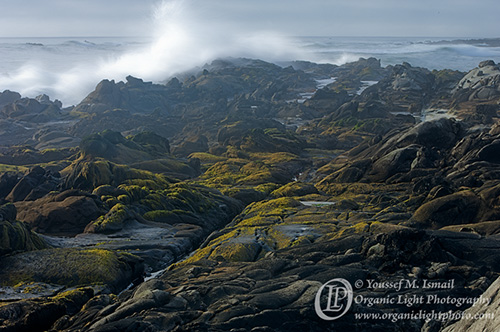
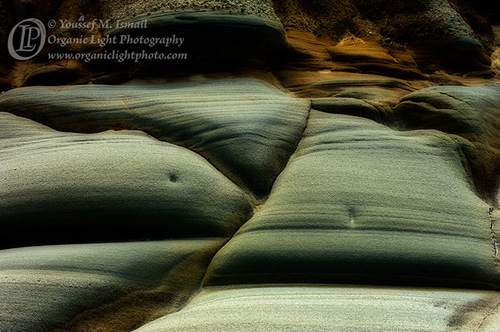
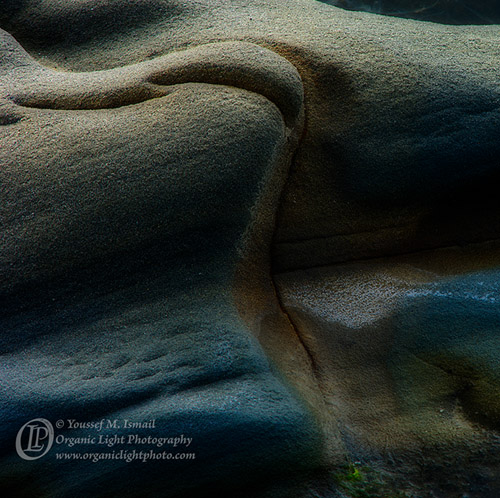
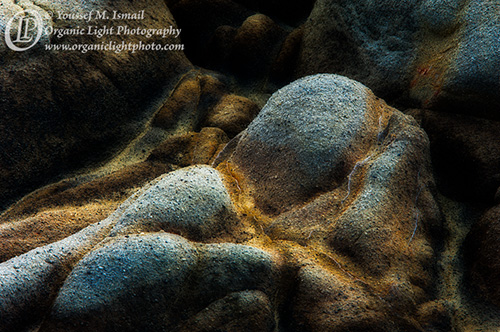
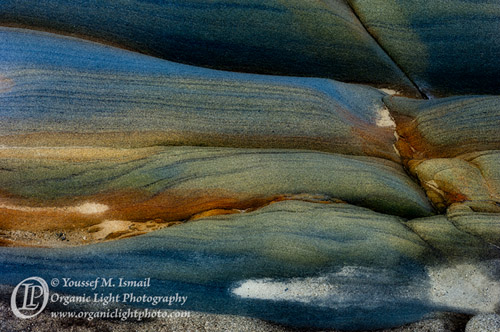
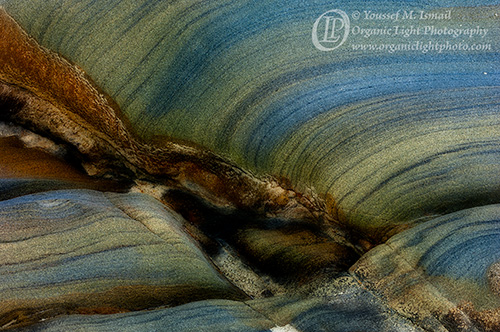
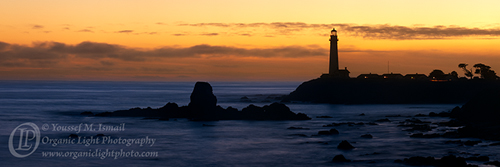






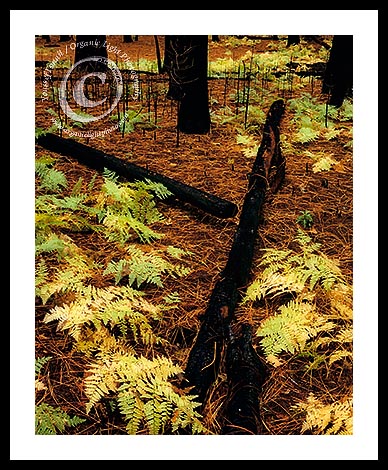
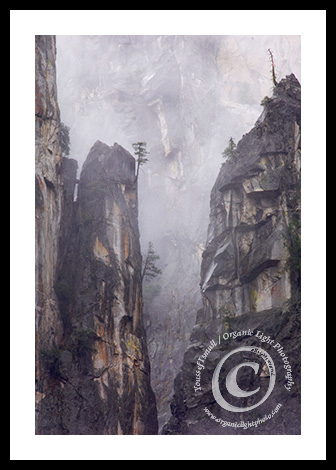
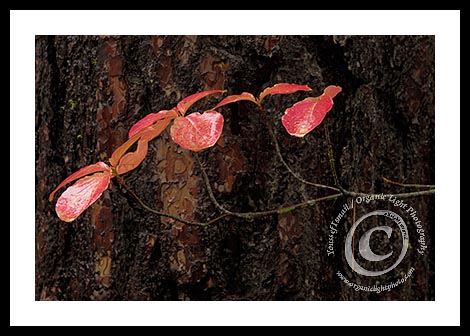
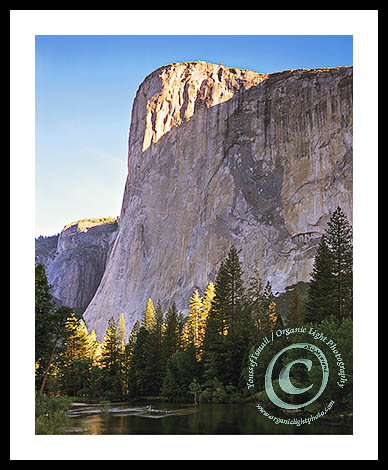
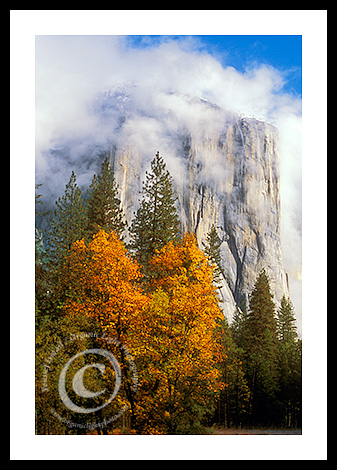
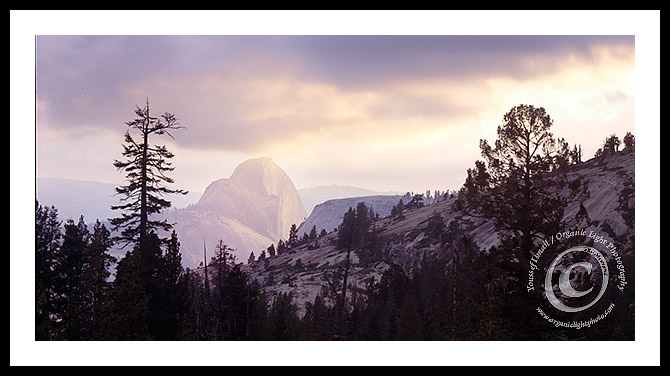
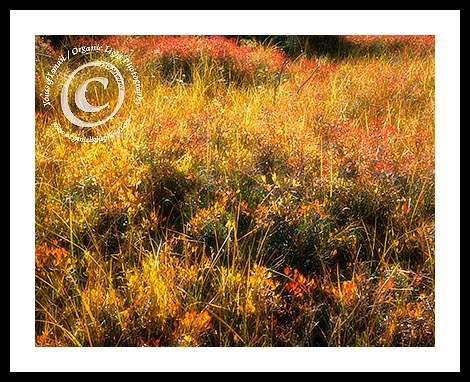
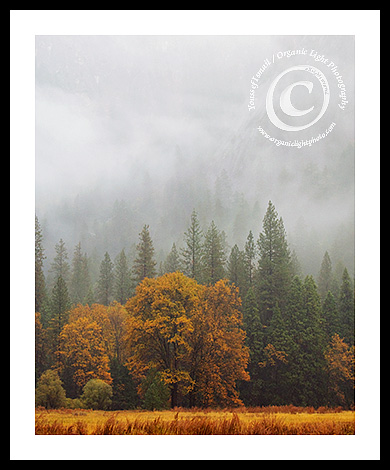
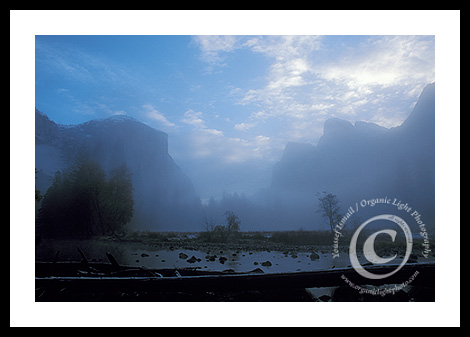
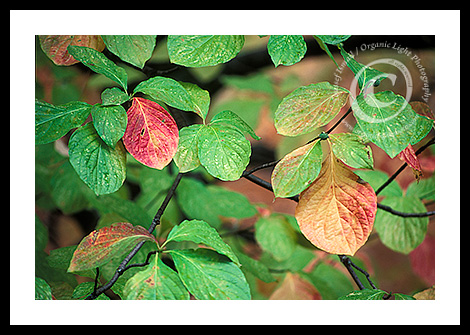
Dave Kosiur on 07 Apr 2013 at 10:48 am #
Nice post. Looking at the photos, I have to wonder if bracketed shots and HDR were really needed. I too use HDR on occasion but with my latest camera (the OM-D), I’m finding that the dynamic range is often sufficient to produce the image I visualize with some help from Lightroom and Photoshop.
When digital cameras’ dynamic range was less then it is currently, bracketing and HDR seemed to be more necessary than now.
Youssef Ismail on 07 Apr 2013 at 8:03 pm #
Thanks for the input Dave. You are right, cameras are getting better with the dynamic range and HDR is needed less and less. Just for the record, none of the photos in this small series were made using HDR.
Michael Flaherty on 10 Apr 2013 at 12:51 pm #
Beautiful shots of the sandstone. I love the light on them, and you did a great job with that soft yet textural look.
This topic can get pretty deep in a hurry. I think picking sides (what’s real vs. what’s invented during post-processing) completely misses the reality of the situation. I feel that it’s almost impossible to capture the way it really was, because we can only experience it through the filter of our own minds.
Also the image in real time is very much 3D, and so while developing it as a 2D image we try to recapture that, often adding effects to make it pop, to give it more impact & depth. We don’t need those things when we’re viewing the scene in real time, and this means the resulting image rarely matches what we saw with any exactness.
Youssef Ismail on 11 Apr 2013 at 10:24 am #
Thanks Michael for your thoughts. I was trying to allude to what you were saying. The camera does not capture things exactly as we experience them. It usually in post that we try to bring that experience back as close as we can or take it beyond into artistic realms.